Siamese: The Chatty Royal
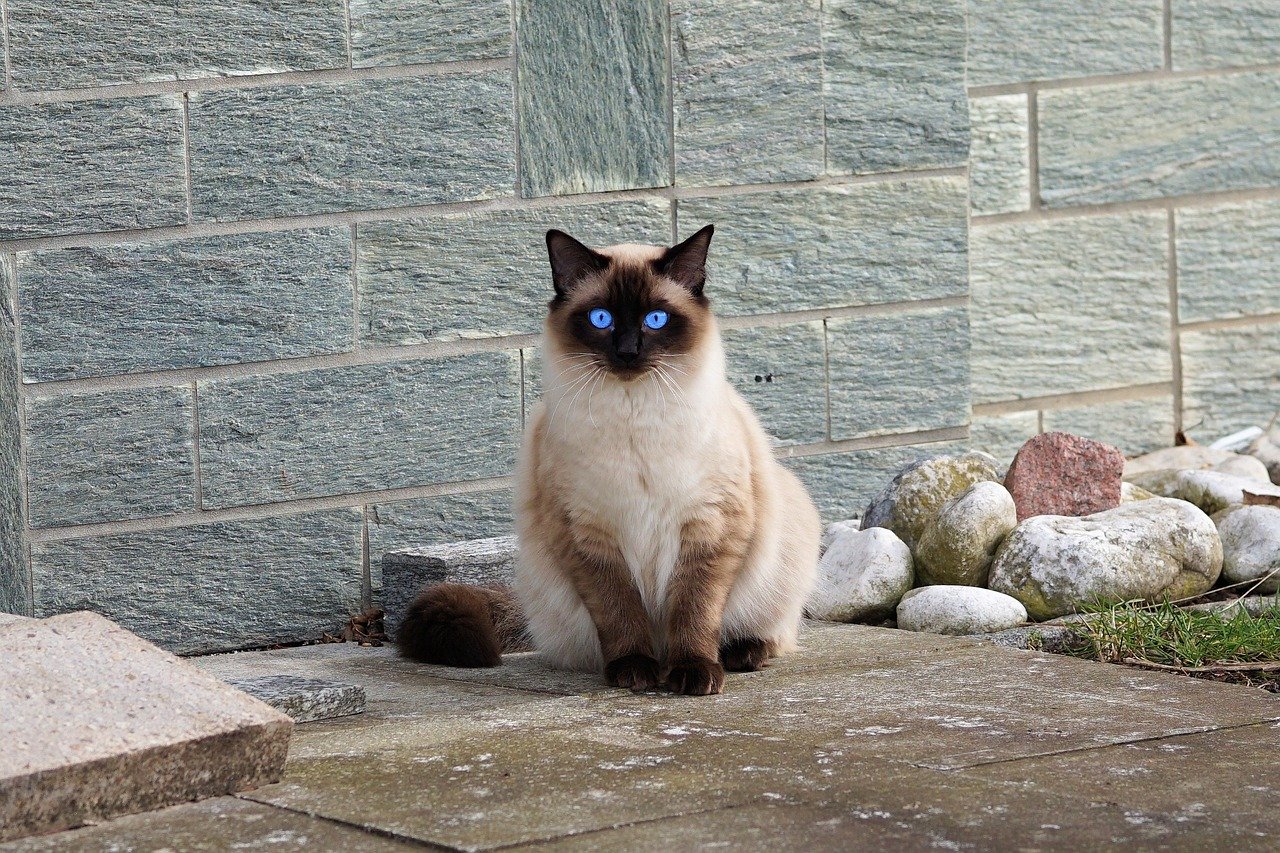
If you’ve ever wondered what a cat opera might sound like, spend five minutes with a Siamese. These elegant felines are notorious for their vocal personalities and aren’t shy about sharing their opinions on everything from dinner delays to your choice of TV shows. Their voices are surprisingly loud and demanding, often described as somewhere between a baby’s cry and a soprano’s high note. Siamese cats use different tones to communicate specific needs, making them one of the most expressive breeds you’ll encounter. They’re basically the drama queens of the cat world, and they wouldn’t have it any other way.
Oriental Shorthair: The Vocal Acrobat

Picture a Siamese cat’s personality wrapped in a sleeker, more athletic package, and you’ve got the Oriental Shorthair. These cats have inherited their Siamese ancestors’ love for conversation but cranked up the volume even more. They’re known to “talk back” when scolded and will follow you around the house providing running commentary on your daily activities. Their meows range from soft chirps to demanding yowls, depending on their mood and what they’re trying to tell you. Living with an Oriental Shorthair is like having a furry roommate who never learned the concept of quiet time.
Burmese: The Gentle Conversationalist

Burmese cats strike a perfect balance between being vocal and being pleasant about it. Their meows are softer and more musical than their Siamese cousins, earning them the nickname “velvet voice” among cat enthusiasts. These cats love to greet their humans at the door with a series of welcoming chirps and trills. They’re particularly chatty during playtime and when they want attention, but their voices never become harsh or demanding. Think of them as the diplomatic ambassadors of the vocal cat world.
Tonkinese: The Social Butterfly

Born from crossing Siamese and Burmese breeds, Tonkinese cats inherited the best vocal traits from both parents. They’re incredibly social and use their voices to maintain constant communication with their human families. These cats have mastered the art of the conversation starter, often approaching with a questioning “mrrow?” that seems to ask, “What are we doing now?” Their vocalizations are frequent but never annoying, making them perfect for families who enjoy interactive pets. They’re like that friend who always knows exactly what to say to keep the conversation flowing.
Bengal: The Wild Chatter

Bengals bring a touch of their wild leopard ancestry to their vocal habits, creating some of the most unique sounds in the domestic cat world. They’re known for their chirping, chattering, and even what sounds suspiciously like attempts at human speech. These athletic cats often “talk” while hunting toys or watching birds through windows, creating an entertaining soundtrack to their active lifestyles. Their vocalizations can be surprisingly loud and varied, ranging from soft trills to demanding yowls when they want something specific. Living with a Bengal means never wondering what your cat is thinking about.
Russian Blue: The Occasional Commentator

Russian Blues represent the perfect middle ground in the feline vocal spectrum. These elegant silver-coated cats are selective about when they choose to speak, making their occasional meows feel more meaningful. They typically reserve their voices for important communications like meal times or greeting their favorite humans after a long day. When they do meow, it’s usually soft and sweet, never demanding or harsh. Their quiet confidence makes every vocalization feel like a special gift rather than a constant demand for attention.
Maine Coon: The Gentle Giant’s Whisper

Despite their impressive size, Maine Coons are surprisingly soft-spoken cats who prefer chirps and trills over traditional meows. These gentle giants have developed a unique vocabulary of sounds that rarely includes loud vocalizations. They’re more likely to make small questioning sounds when they want attention or food, earning them a reputation as politely vocal rather than demanding. Their large size makes their quiet nature even more endearing, like meeting a basketball player who speaks in whispers. Maine Coons prove that the biggest cats don’t always need the biggest voices.
British Shorthair: The Strong Silent Type
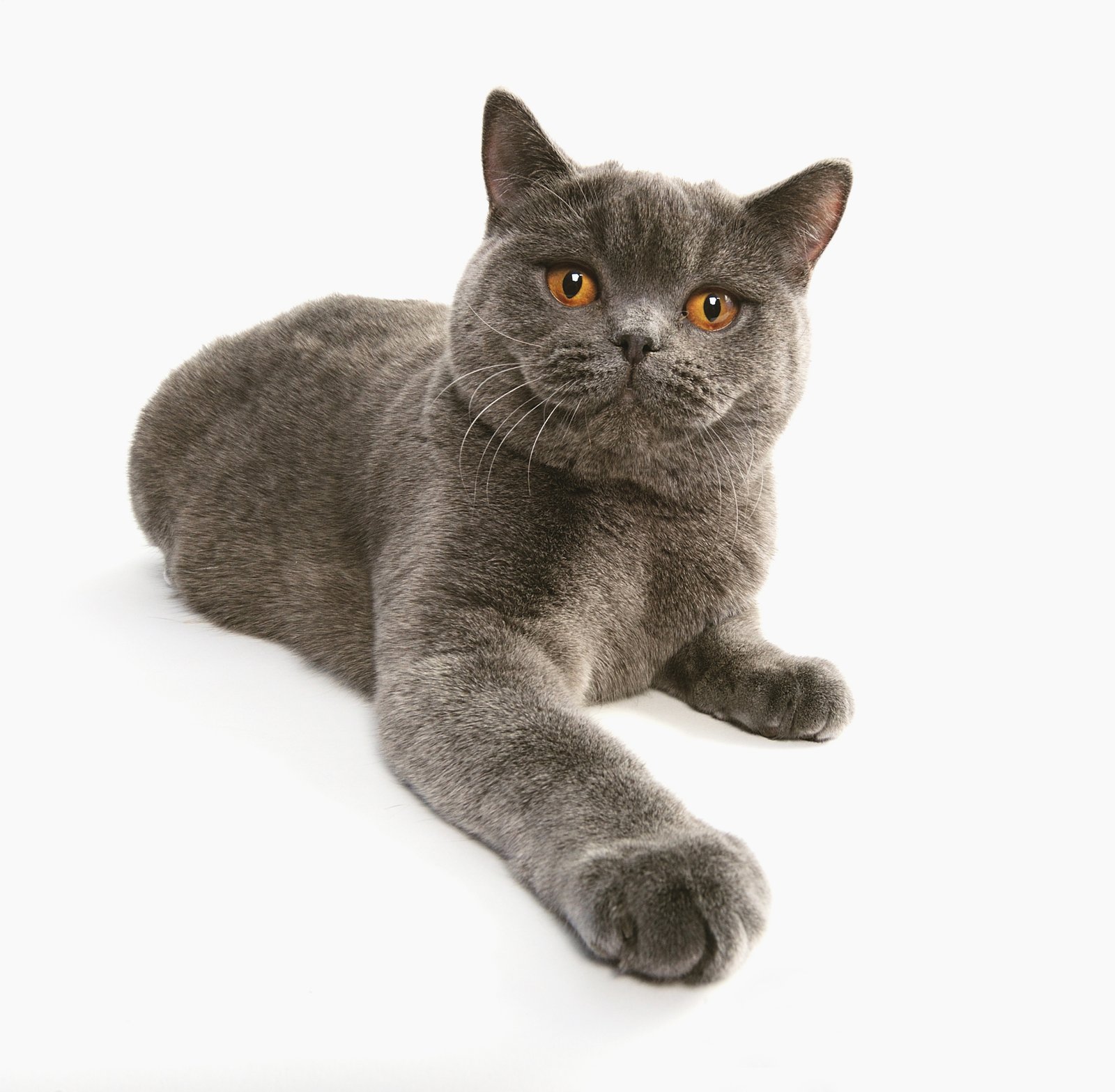
British Shorthairs embody the stereotypical reserved British personality in feline form. These round-faced charmers are naturally quiet cats who prefer actions over words in most situations. When they do vocalize, it’s usually a soft, brief meow that sounds almost apologetic for interrupting. They’re masters of non-verbal communication, using body language and facial expressions to convey their needs and emotions. Think of them as the introverted intellectuals of the cat world who only speak when they have something truly important to say.
Ragdoll: The Peaceful Giant

Ragdolls live up to their laid-back reputation with equally relaxed vocal habits. These fluffy, blue-eyed beauties are known for their gentle personalities and quiet demeanor, rarely raising their voices above a soft murmur. When they do meow, it’s typically a sweet, questioning sound that seems to ask rather than demand. Their calm nature extends to their vocalizations, making them ideal companions for people who prefer peaceful, quiet households. They’re like living teddy bears who occasionally whisper sweet nothings in your ear.
Persian: The Dignified Whisperer

Persians approach communication with the same regal dignity they bring to everything else in their lives. These flat-faced aristocrats are naturally quiet cats who seem to consider excessive meowing beneath their royal status. When they do vocalize, it’s usually a soft, almost musical sound that matches their graceful movements perfectly. Their quiet nature makes them excellent apartment cats and ideal companions for people who appreciate subtle, refined pets. Persians communicate more through their expressive eyes and gentle purring than through traditional meowing.
Scottish Fold: The Soft-Spoken Sweetheart
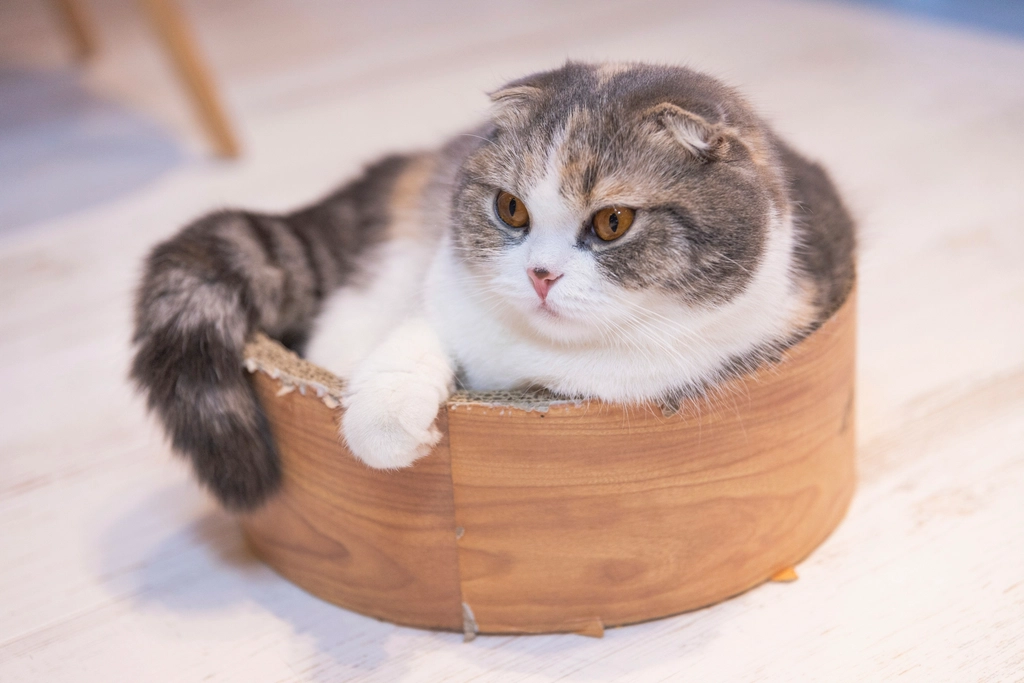
Scottish Folds are known for their adorable folded ears and equally sweet, quiet personalities. These cats rarely raise their voices, preferring soft chirps and gentle purrs to communicate with their humans. Their unique ear structure doesn’t affect their hearing, but it seems to have influenced their preference for quiet communication methods. When they do meow, it’s typically brief and melodic, never harsh or demanding. They’re like the shy kid in class who only speaks when they have something genuinely important to contribute to the conversation.
Abyssinian: The Active Whisperer

Despite their high energy levels and playful nature, Abyssinians are surprisingly quiet cats who let their actions do the talking. These athletic felines are constantly in motion, exploring and investigating their surroundings with minimal vocal commentary. They might make small chirping sounds during intense play sessions or when greeting their favorite humans, but loud meowing is rare. Their quiet confidence and independent nature make them fascinating companions who communicate more through their behavior than their voices. They’re like skilled athletes who let their performance speak for itself.
Birman: The Serene Communicator

Birmans combine striking beauty with remarkably peaceful vocal habits, making them ideal companions for tranquil households. These sacred cats of Burma prefer gentle communication methods, rarely resorting to demanding meows or loud vocalizations. Their soft, sweet voices match their gentle personalities perfectly, creating an overall sense of serenity in their presence. When they do speak, it’s usually to express contentment or to politely request attention from their beloved humans. They’re like meditation instructors in cat form, bringing calm energy wherever they go.
Chartreux: The Monastery Mouse Hunter
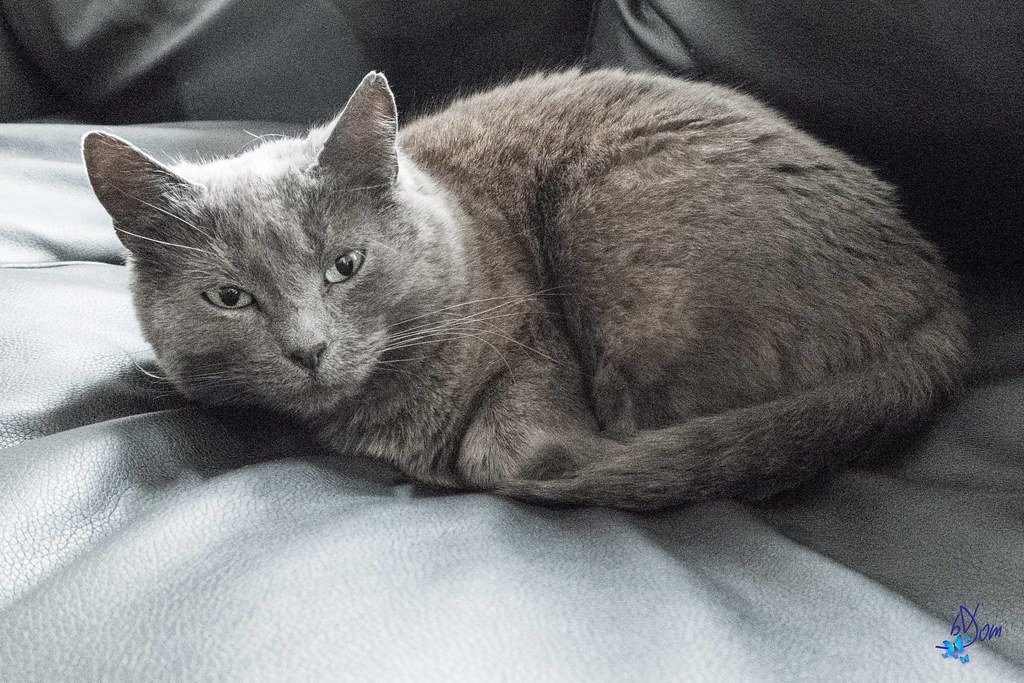
Legend says Chartreux cats were bred by French monks who valued silence, and these blue-gray beauties certainly live up to that heritage. These sturdy cats are naturally quiet, preferring to go about their business without unnecessary commentary or demands for attention. Their hunting instincts remain strong, but they stalk their prey (usually toys) in complete silence, making them incredibly effective mousers. When they do vocalize, it’s typically a brief, soft sound that seems almost whispered rather than spoken. They embody the peaceful wisdom of their monastic origins.
American Shorthair: The All-American Moderate
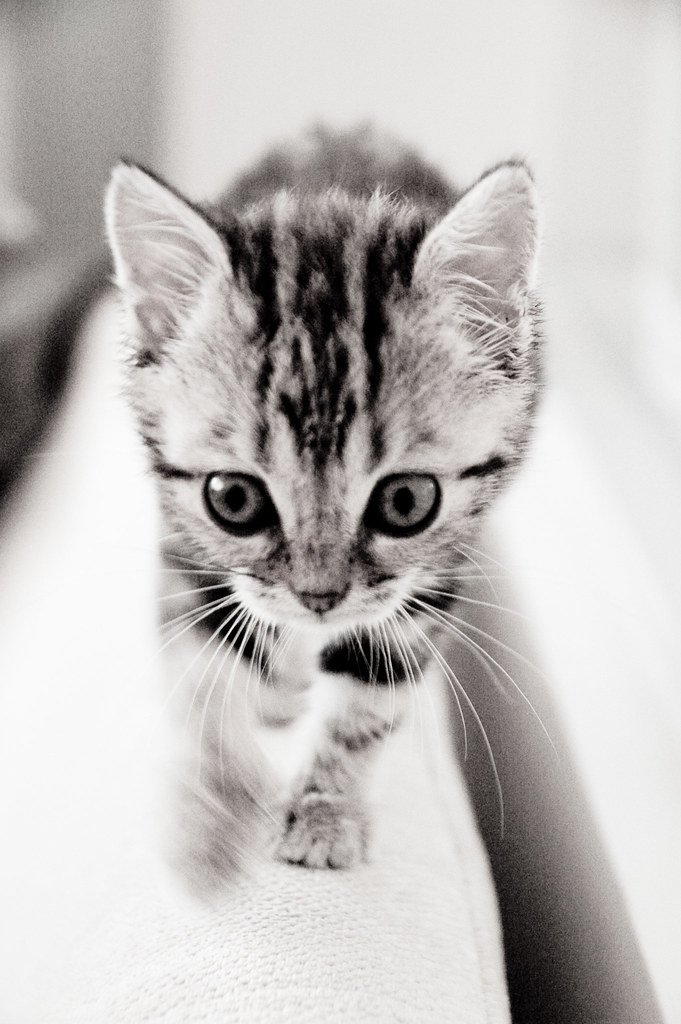
American Shorthairs represent the perfect balance in feline vocalization, much like their reputation as the ideal family cat. These versatile felines are neither completely silent nor constantly chatty, adapting their communication style to match their household’s energy level. They’ll greet family members with friendly meows and express their needs clearly without being demanding or excessive. Their moderate approach to vocalization makes them incredibly adaptable to different living situations and family dynamics. They’re like the diplomatic peacekeepers who know exactly when to speak up and when to stay quiet.
Finding Your Perfect Vocal Match

Choosing between a chatty cat and a quiet companion depends entirely on your lifestyle and preferences. Some people love the constant interaction and entertainment that vocal breeds provide, while others prefer the peaceful presence of quieter cats. Consider your living situation, work schedule, and personal tolerance for noise when making your decision. Remember that individual cats within breeds can vary significantly, and early socialization plays a huge role in developing communication patterns. The most important thing is finding a feline friend whose personality complements your own, whether they’re a chatterbox or a strong silent type.
Have you decided whether you’re team chatty cat or team quiet companion?
Hi, I’m Bola, a passionate writer and creative strategist with a knack for crafting compelling content that educates, inspires, and connects. Over the years, I’ve honed my skills across various writing fields, including content creation, copywriting, online course development, and video scriptwriting.
When I’m not at my desk, you’ll find me exploring new ideas, reading books, or brainstorming creative ways to solve challenges. I believe that words have the power to transform, and I’m here to help you leverage that power for success.
Thanks for stopping by, Keep coming to this website to checkout new articles form me. You’d always love it!






